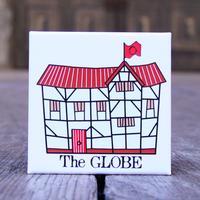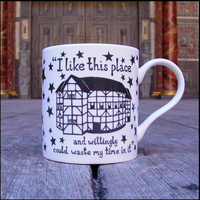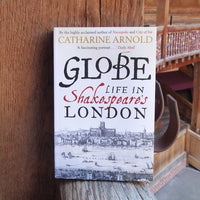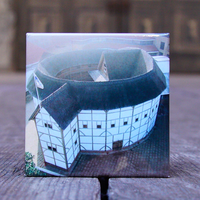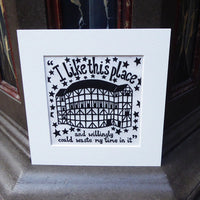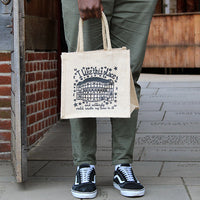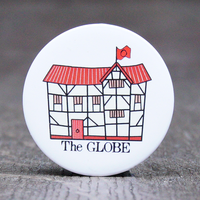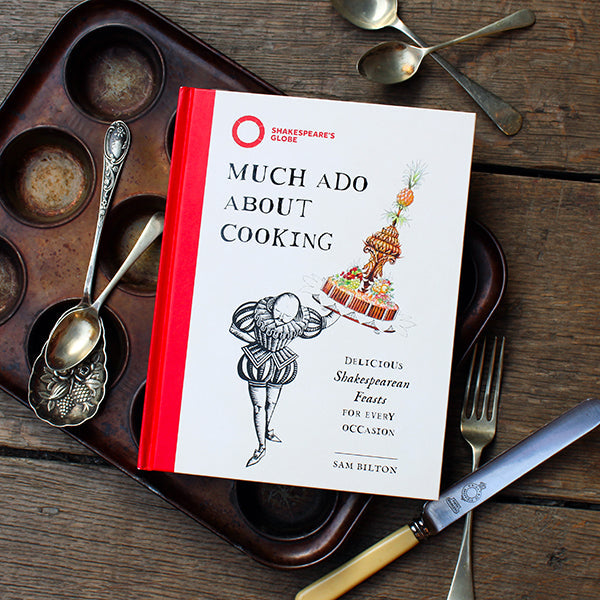

For anyone who is worried that when the recipes in this book were being tested there was food waste, worry not, Sam Bilton, (pictured above) dedicated food historian, assured us that her husband and two sons diligently tried every recipe in this book. Mrs. Bilton hates food waste, and made sure that everything cooked was eaten when preparing this cookbook.
We sat down with Mrs Bilton on the first day of the photoshoot for her Much Ado About Cooking, and asked her about her new cookbook, how she became a food historian, and why this cookbook is so different from anything else on the market today.
'This cookbook is the most extensive, and in depth Shakespearean cookbook on the market today,' we were told when we asked.
Mrs. Bilton started her career as a marketer, but is was after she took time to start her family, that she made the decision to go back to school and get an MA in Culinary Arts, this was the first step towards pursuing her true passion, food history. Although she does not have a definitive historical period that is her favourite, Mrs. Bilton let us know that she likes everything from the late medieval period to the early modern era, with 1954 being the absolute latest time that she likes to explore.

What's your favourite recipe in the book?
'It's like picking your favourite child,' Mrs. Bilton immediately replied, her obvious passion for the recipes within this book shining through.
Chicken with Oranges
Ultimately we were able to get Mrs. Bilton to admit that the chicken with oranges was her favourite recipe in the book, although this was a surprise because the Seville oranges used could have come off sour, but ultimately they produced a lovely tasting dish.
Short Cake
Mrs. Bilton continued on to tell us that the recipe for the short cake is exactly as it was written in 1594 when it was published anonymously. This recipe calls for clotted cream, and while Sam tried it with butter as well, it's the clotted cream that truly makes this dessert special.
Where do these recipes come from?
These recipes are chosen from the time period to reflect quotes about food spoken throughout Shakespeare's plays. The recipes in this book have been taken from Italian and British sources specifically because this is where many of Shakespeare's plays are set.
The only ingredient that is abundant in Shakespeare's works but makes a shy showing in Much Ado About Cooking is oysters. Shakespeare's characters have plenty of amazing quotes about oysters, but the reality is that this book has been curated to appeal to the modern palate.
In Shakespeare's day meat was a luxury and not for everyday people, therefore this book includes a selection of both meat and vegetarian recipes.
Who is this cookbook written for?
We asked what level of expertise this book is going to appeal to and we were told that this is a book for keen cooks. This is not a beginners cookbook, but the recipes are simple enough to follow for anyone who is willing to try. This book is written for people who have an interest in history, and who are adventurous in their cooking.
Recipes for this era are not overly complicated. Whilst the recipes in this book are modern interpretations of historic recipes, they have not been complicated, they have been kept as true to their original as is realistic for a modern palette.
The recipes in this book feature ingredients that you can get in your local supermarket in an effort to keep them as accessible as possible. There are a few spices that you may need to go farther afield to track down, but they can be found, if you don't have them in your cupboard already.
When people eat the recipes that they have cooked, they get the chance to be transported to a different time period, when tastes were not the same as today, and the food available was different.
Are the recipes in this book exact to historical recipes of the time?
So many surviving recipes from this era did not include measurements that it would be virtually impossible to interpret recipes exactly as they were from the time period.
This cookbook has been created to appeal to a modern audience and therefore the recipes chosen to represent the time have been carefully selected to appeal to a modern palate. Over 100 recipes were researched, prepared, and vetted, and the 70-ish recipes that have made the book are the ones that will be most exciting for a modern audience to enjoy preparing and eating.
Mrs Bilton told us that she hopes that this book will open people's eyes to a greater variety of foods, but she has made sure not to ignore the realities of what a modern audience will be willing to eat.

Is presentation important when serving these dishes?
The simple answer is yes. Historically, the presentation of food at this time was hugely important. Marigold flowers were regularly used to adorn dishes.
'If cooks at the time were here today they would be all over Instagram.'
When representing the dishes to the reader of this cookbook, every care has been taken to blend modern and historical sensibilities to portray the food prepared as both beautiful and appetising.
What foods that are not heavily represented in the cookbook may readers find surprising?
Potatoes, at the time potatoes were not prevalent. What the reader may not be aware of, is that potatoes at the time were viewed as an aphrodisiac and not widely used as a culinary ingredient.
What can you expect from this cookbook?
This book is filled with 50 full page, gloss photos of the dishes prepared in a West London studio and photographed in studio as they were prepared. A dedicated team of chef's and photographers worked to create a visual aesthetic inspired by Shakespeare's time to further immerse readers into his world.
All of the historic recipe books that these recipes have been interpreted from are referenced in the back of the book so that readers can dive deeper into the world of Shakespearean era food for themselves.
Take home the Much Ado About Cooking today
Follow @mrsbilton on Instagram to keep up to date with what is cooking!
Written by Jennifer (eCommerce Manager)

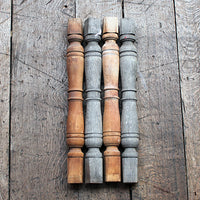
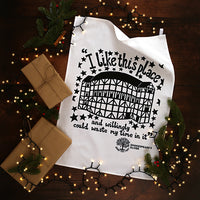
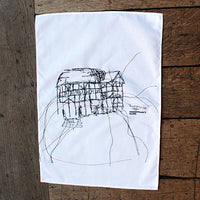
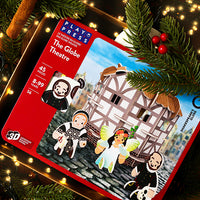
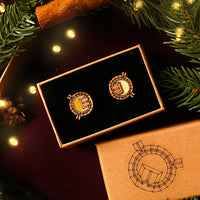
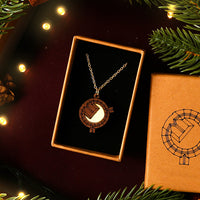
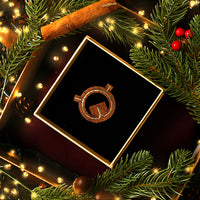
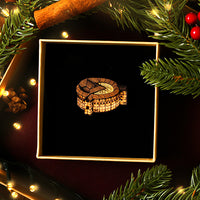
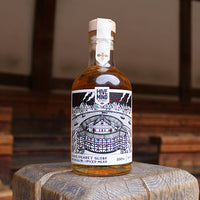

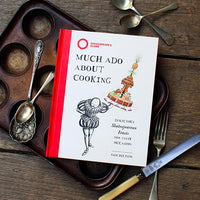
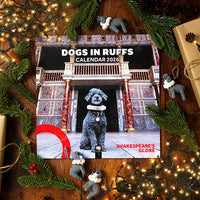
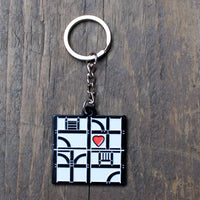
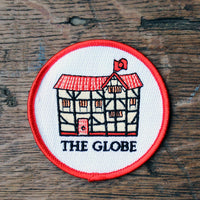
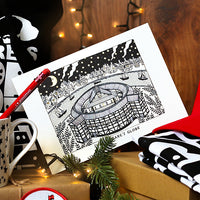
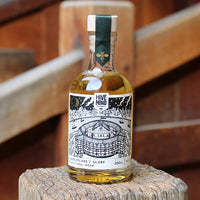
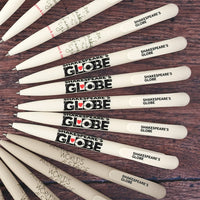

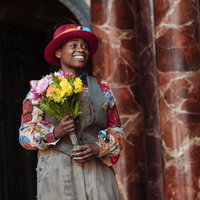

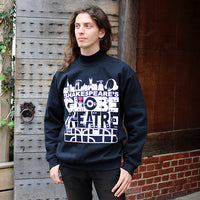
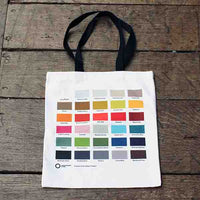
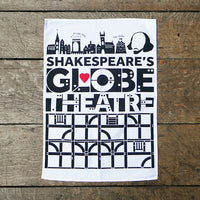
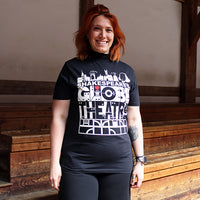
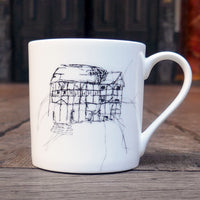
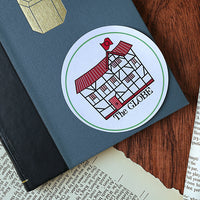
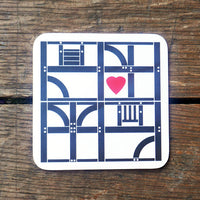
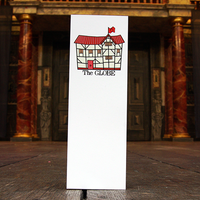
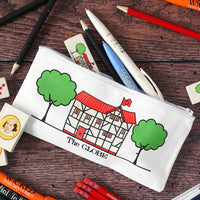

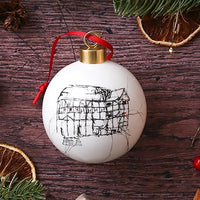
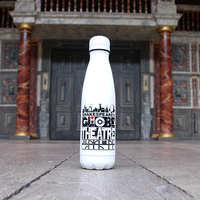
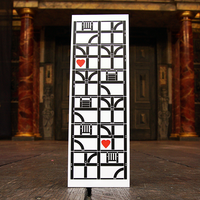
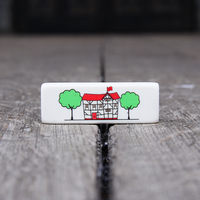
![Out, Out Brief [Playhouse] Candle Stubs!](http://shop.shakespearesglobe.com/cdn/shop/products/swpcandles.jpg?v=1722516059&width=200)
